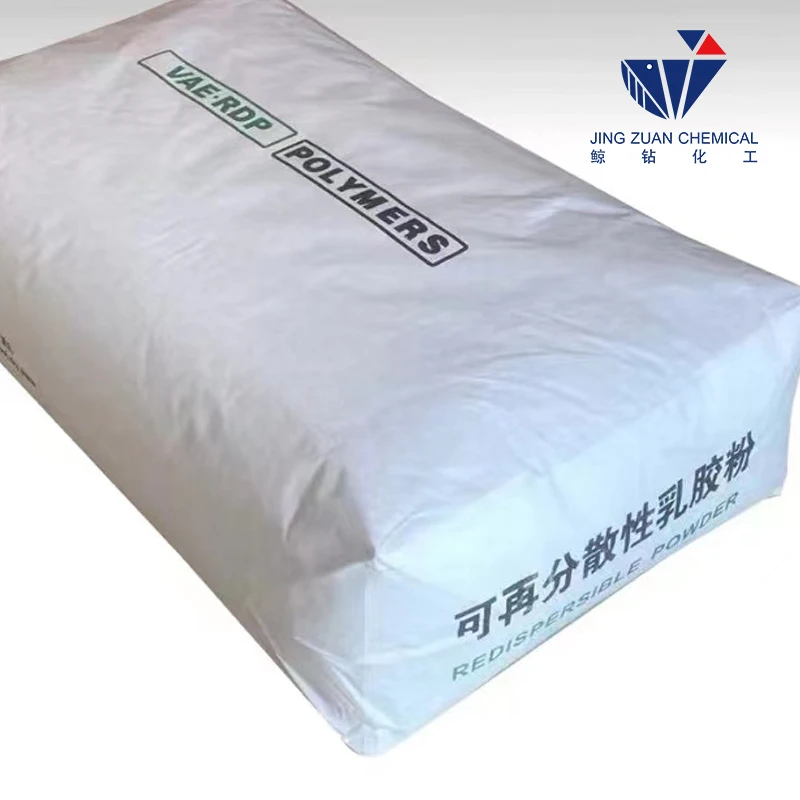
Nov . 29, 2024 15:12 Back to list
Analysis of the Chemical Structure and Properties of Hydroxypropyl Methylcellulose
Exploring the Chemical Structure of Hydroxypropyl Methylcellulose (HPMC)
Hydroxypropyl Methylcellulose (HPMC) is a versatile and widely utilized polymer in various industries, including pharmaceuticals, food, construction, and cosmetics. Its unique chemical structure contributes significantly to its functional properties, making it indispensable in many applications. Understanding the chemical structure of HPMC provides insight into its behaviors, characteristics, and applications.
The Chemical Composition of HPMC
HPMC is a modified cellulose derivative obtained through the etherification of cellulose, a natural polymer derived from plant cell walls. The chemical formula of HPMC can be represented as C_22H_46O_11, which highlights its complex structure comprising carbon (C), hydrogen (H), and oxygen (O) atoms. The modification process involves substituting hydroxyl (-OH) groups in cellulose with hydroxypropyl and methyl groups, which results in enhanced solubility and functionality.
The basic structure of cellulose consists of repeating units of cellobiose, which is composed of two glucose units linked by β(1-4) glycosidic bonds. In HPMC, some of these -OH groups are replaced by hydroxypropyl groups (derived from propylene oxide) and methyl groups (derived from methyl chloride). This alteration in the structure is responsible for the solubility of HPMC in water and organic solvents, as well as its ability to form gels and films.
Functional Groups and Their Impact
The incorporation of hydroxypropyl and methyl groups introduces hydrophilic and hydrophobic characteristics to the polymer, respectively. The balance of these functional groups dictates the solubility and viscosity of HPMC in various aqueous solutions. The hydroxypropyl groups are particularly important because they enhance the polymer's ability to interact with water, leading to improved solubility in cold water. On the other hand, methylation affects the polymer's ability to swell and gel, influencing its use in drug delivery systems and various formulations.
The degree of substitution (DS) of the -OH groups is also a critical factor in determining the properties of HPMC. A higher DS typically results in a more soluble polymer, while a lower DS may lead to increased thickening and gelling properties. Therefore, by manipulating the DS, manufacturers can tailor HPMC for specific applications, ranging from thickening agents in food products to binders in pharmaceutical formulations.
chemical structure of hpmc

Applications of HPMC in Various Industries
1. Pharmaceuticals HPMC is commonly used as a binding agent in tablet formulations and as a coating material due to its film-forming properties. It is also utilized in controlled-release drug delivery systems, where its viscosity and gel-forming abilities help modulate the release rate of active pharmaceutical ingredients.
2. Food Industry In food applications, HPMC serves as a thickening agent, emulsifier, and stabilizer. It improves the texture and mouthfeel of food products while also acting as a dietary fiber.
3. Construction and Building Materials HPMC is incorporated into cement and gypsum-based products to enhance workability and improve water retention. Its thickening properties contribute to the optimal application and performance of these materials.
4. Cosmetics and Personal Care In the cosmetic industry, HPMC is used as a thickener and emulsifier in lotions, creams, and gels. Its ability to form stable emulsions and improve the consistency of products is highly valued.
Conclusion
The chemical structure of Hydroxypropyl Methylcellulose is a fascinating example of how modifications to a natural polymer can create a versatile substance capable of meeting diverse industrial needs. By manipulating its various properties through the modification of functional groups and degree of substitution, HPMC allows for tailored solutions across a range of applications. From pharmaceutical formulations to food products and construction materials, HPMC continues to be a cornerstone ingredient, demonstrating the importance of understanding chemical structures in developing effective and functional materials.
-
Versatile Hpmc Uses in Different Industries
NewsJun.19,2025
-
Redispersible Powder's Role in Enhancing Durability of Construction Products
NewsJun.19,2025
-
Hydroxyethyl Cellulose Applications Driving Green Industrial Processes
NewsJun.19,2025
-
Exploring Different Redispersible Polymer Powder
NewsJun.19,2025
-
Choosing the Right Mortar Bonding Agent
NewsJun.19,2025
-
Applications and Significance of China Hpmc in Modern Industries
NewsJun.19,2025







